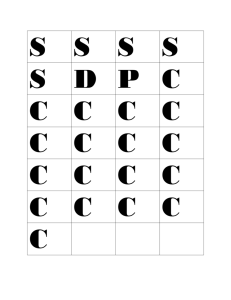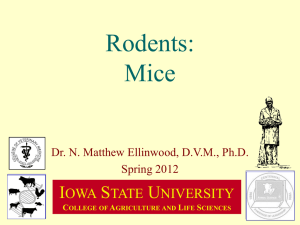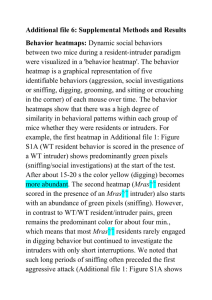Skin transplantation in the mouse - St. Vincent`s Hospital Melbourne
advertisement
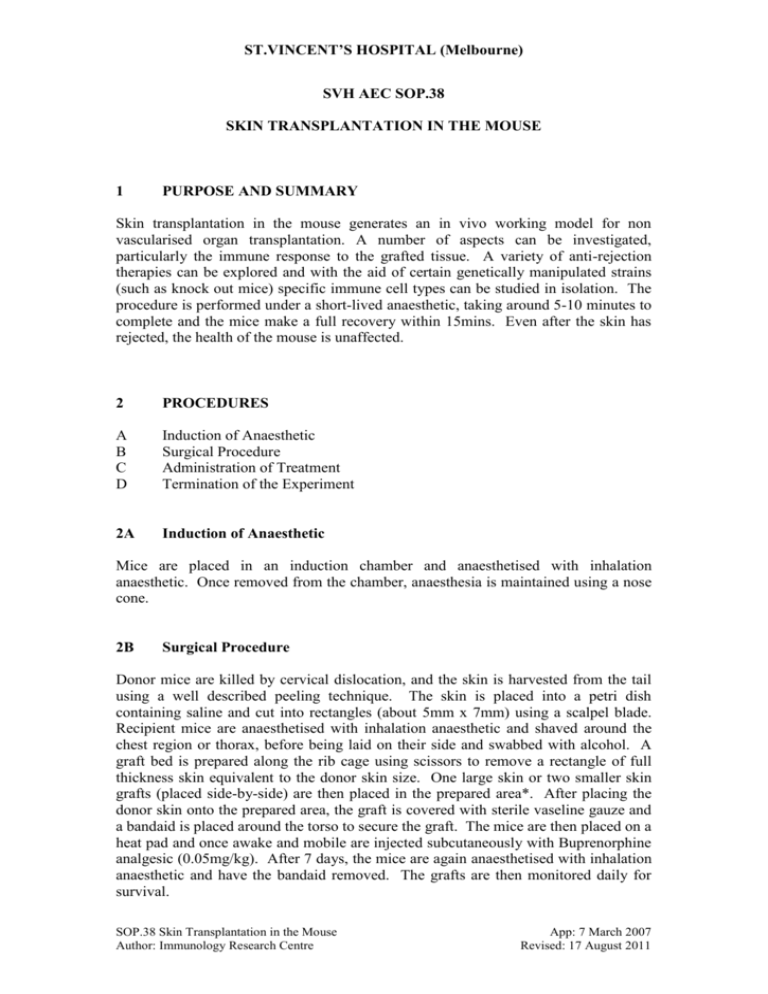
ST.VINCENT’S HOSPITAL (Melbourne) SVH AEC SOP.38 SKIN TRANSPLANTATION IN THE MOUSE 1 PURPOSE AND SUMMARY Skin transplantation in the mouse generates an in vivo working model for non vascularised organ transplantation. A number of aspects can be investigated, particularly the immune response to the grafted tissue. A variety of anti-rejection therapies can be explored and with the aid of certain genetically manipulated strains (such as knock out mice) specific immune cell types can be studied in isolation. The procedure is performed under a short-lived anaesthetic, taking around 5-10 minutes to complete and the mice make a full recovery within 15mins. Even after the skin has rejected, the health of the mouse is unaffected. 2 PROCEDURES A B C D Induction of Anaesthetic Surgical Procedure Administration of Treatment Termination of the Experiment 2A Induction of Anaesthetic Mice are placed in an induction chamber and anaesthetised with inhalation anaesthetic. Once removed from the chamber, anaesthesia is maintained using a nose cone. 2B Surgical Procedure Donor mice are killed by cervical dislocation, and the skin is harvested from the tail using a well described peeling technique. The skin is placed into a petri dish containing saline and cut into rectangles (about 5mm x 7mm) using a scalpel blade. Recipient mice are anaesthetised with inhalation anaesthetic and shaved around the chest region or thorax, before being laid on their side and swabbed with alcohol. A graft bed is prepared along the rib cage using scissors to remove a rectangle of full thickness skin equivalent to the donor skin size. One large skin or two smaller skin grafts (placed side-by-side) are then placed in the prepared area*. After placing the donor skin onto the prepared area, the graft is covered with sterile vaseline gauze and a bandaid is placed around the torso to secure the graft. The mice are then placed on a heat pad and once awake and mobile are injected subcutaneously with Buprenorphine analgesic (0.05mg/kg). After 7 days, the mice are again anaesthetised with inhalation anaesthetic and have the bandaid removed. The grafts are then monitored daily for survival. SOP.38 Skin Transplantation in the Mouse Author: Immunology Research Centre App: 7 March 2007 Revised: 17 August 2011 * By placing 2 different donor skins side-by-side on a single recipient (one being a control graft) a direct comparison in outcomes can be made. This also minimises the number of recipient mice required. In some approved AEC protocols, mice will receive a secondary (or third) skin graft 50 days post primary grafting using the same technique, to challenge the recipient mouse for graft tolerance. 2C Administration of Treatment Sometimes the mice will require treatment, in an effort to determine the cellular contributors to skin graft rejection, or to alter the predicted outcome of the graft. Anti-T cell, anti-macrophage or other drugs/antibody treatments can be also be applied to this model, and may be administered via intraperitoneal, intravenous or subcutaneous injection. Treatment requiring intraperitoneal or subcutaneous administration is deployed by experienced technicians/researchers using a 25-27G needle/syringe while holding the mouse using the scruff technique. For intravenous injections, the mice are warmed under a lamp for 5 mins and restrained in a Perspex chamber exposing the tail. A 27-30G needle/syringe is then used to inject a maximum volume of up to 500ul (volume is dependent on mouse weight). 2D Termination of the Experiment The skin grafts are judged rejected when no viable tissue is evident. The rejection process is not painful, as the skin usually scabs up and falls off, in a similar healing process exhibited by humans after grazing their knees. When a histological sample of the skin graft is required, the mice are killed by cervical dislocation. SOP.38 Skin Transplantation in the Mouse Author: Immunology Research Centre App: 7 March 2007 Revised: 17 August 2011
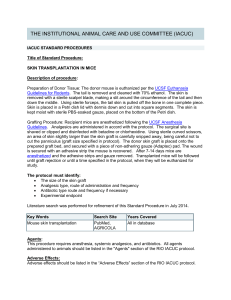

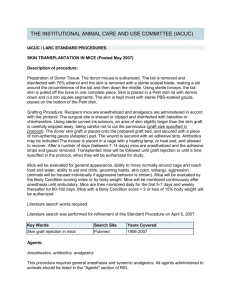


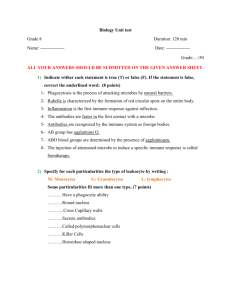
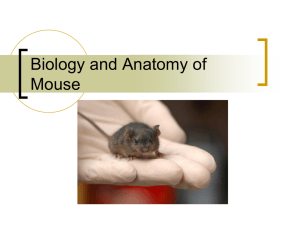
![Historical_politcal_background_(intro)[1]](http://s2.studylib.net/store/data/005222460_1-479b8dcb7799e13bea2e28f4fa4bf82a-300x300.png)
